Specialized’s new Diverge STR brings rear suspension to gravel racing
The new Rear Future Shock offers more compliance and control while promising no compromise on weight or power transfer
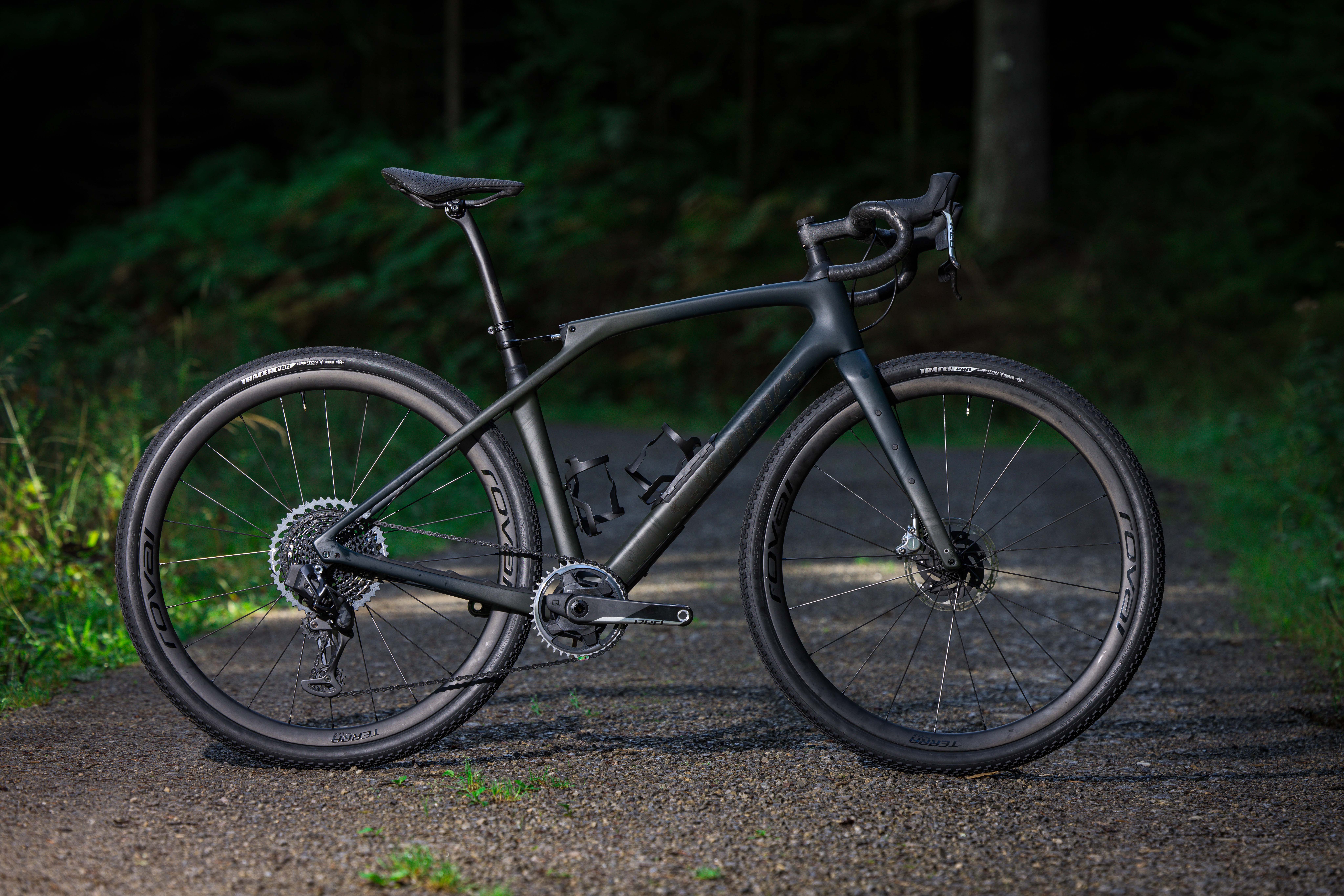
Specialized has today unveiled its newest iteration of the brand’s longstanding gravel stalwart, the Diverge STR, which showcases Specialized’s first foray into rear suspension outside mountain bikes.
The Diverge STR features the brand new Rear Future Shock, which offers 30mm of travel accompanied by hydraulic damping - but at a total weight cost of less than 100g for the overall frame.
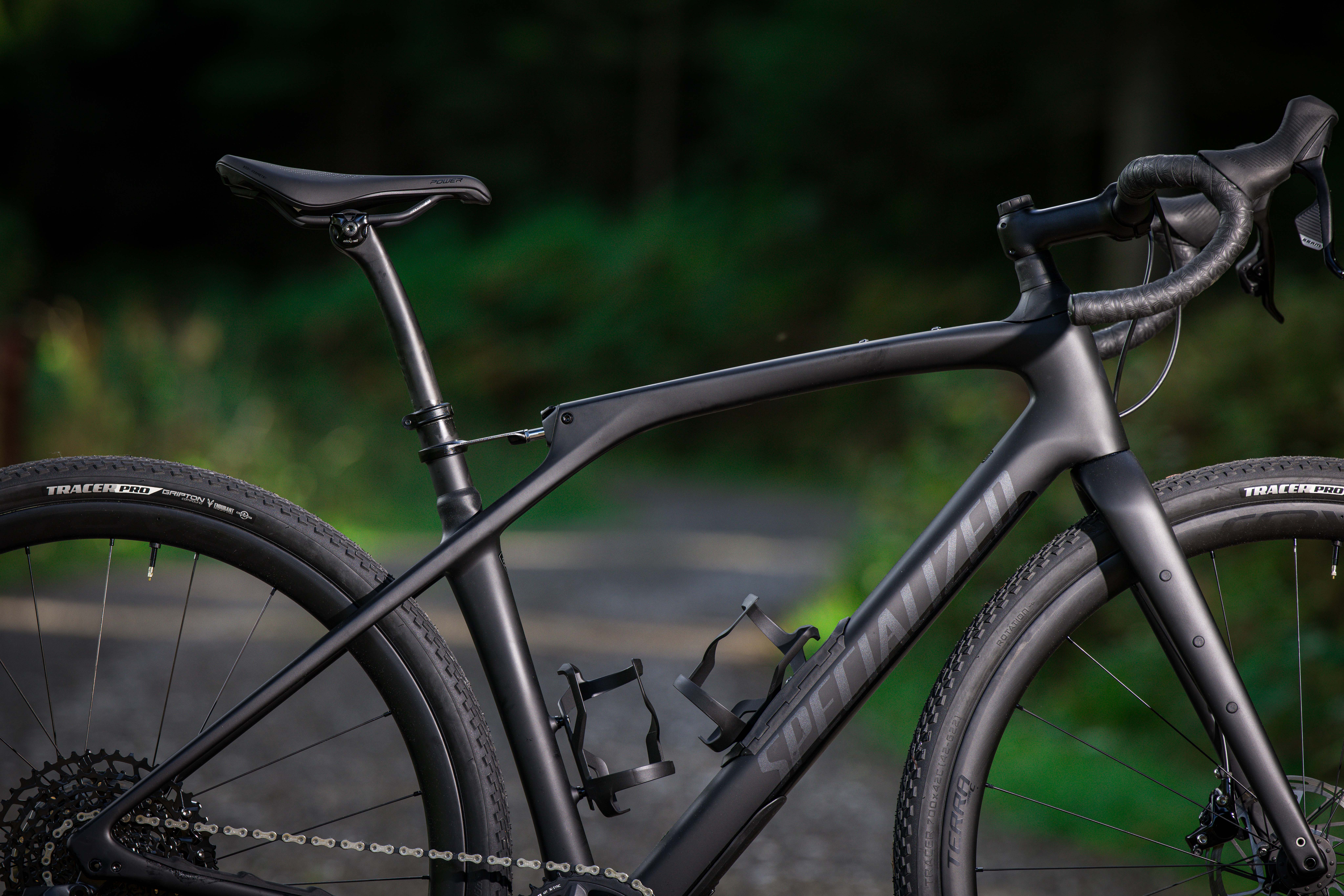
The STR’s suspension system will be striking to many, with its exposed metallic damper and alloy tendon attaching it to the seatpost, but Specialized assures us that the exposed components couldn’t be more robust.
“It would only fail in fatigue,” explains Specialized’s Creative Specialist, and the brains behind the project, Chris D’Aluisio. “We've used the same one in testing for so long, it has gone through millions and millions of cycles. It doesn't go through enough flex to fatigue. That's why we have so much confidence in it.”
While the suspension system may look like it’s entirely housed within the top tube, the suspension actually works based on seat tube flex from the bottom bracket - the Rear Future Shock is essentially just the damper for the system.
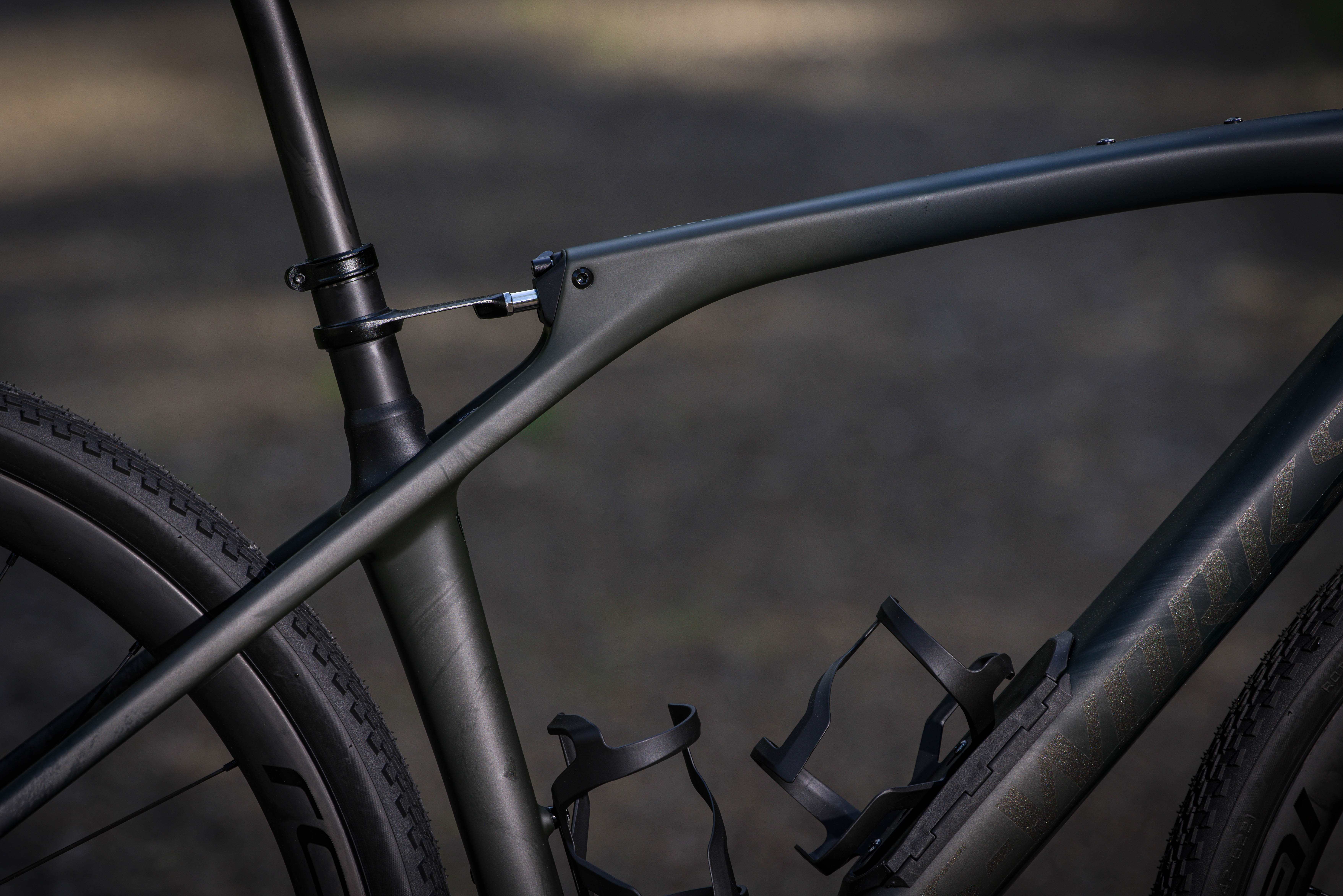
Behind the scenes, the design has seen many iterations since its initial conception in 2018, but in this final version, the Diverge’s seat tube is essentially free-floating from the bottom bracket – so much so that Specialized has renamed it as the ‘frame post’.
That free-moving leaf-spring design may remind many of the Trek Madone’s 9 series, released in 2015, which employed the rear IsoSpeed in a not-dissimilar way. However, Specialized is keen to stress that a lack of pivots and a damper on the Rear Future Shock separate it considerably from Trek’s system, and Specialized argues it does so in a way that offers more compliance across a wider range of riders.
Get The Leadout Newsletter
The latest race content, interviews, features, reviews and expert buying guides, direct to your inbox!
Trek has recently stepped away from the IsoSpeed on the Madone, and indeed some would argue it’s better deployed on a gravel-focussed bike.
As with the front Future Shock, Specialized offers a degree of tuneability on the Rear Future Shock, with the Rear Future Shock adjustable from the seat collar, which can be twisted into one of three positions. In the open position, it is most active, while in the closed position it is most rigid. The damper can also be adjusted but is typically only set once.
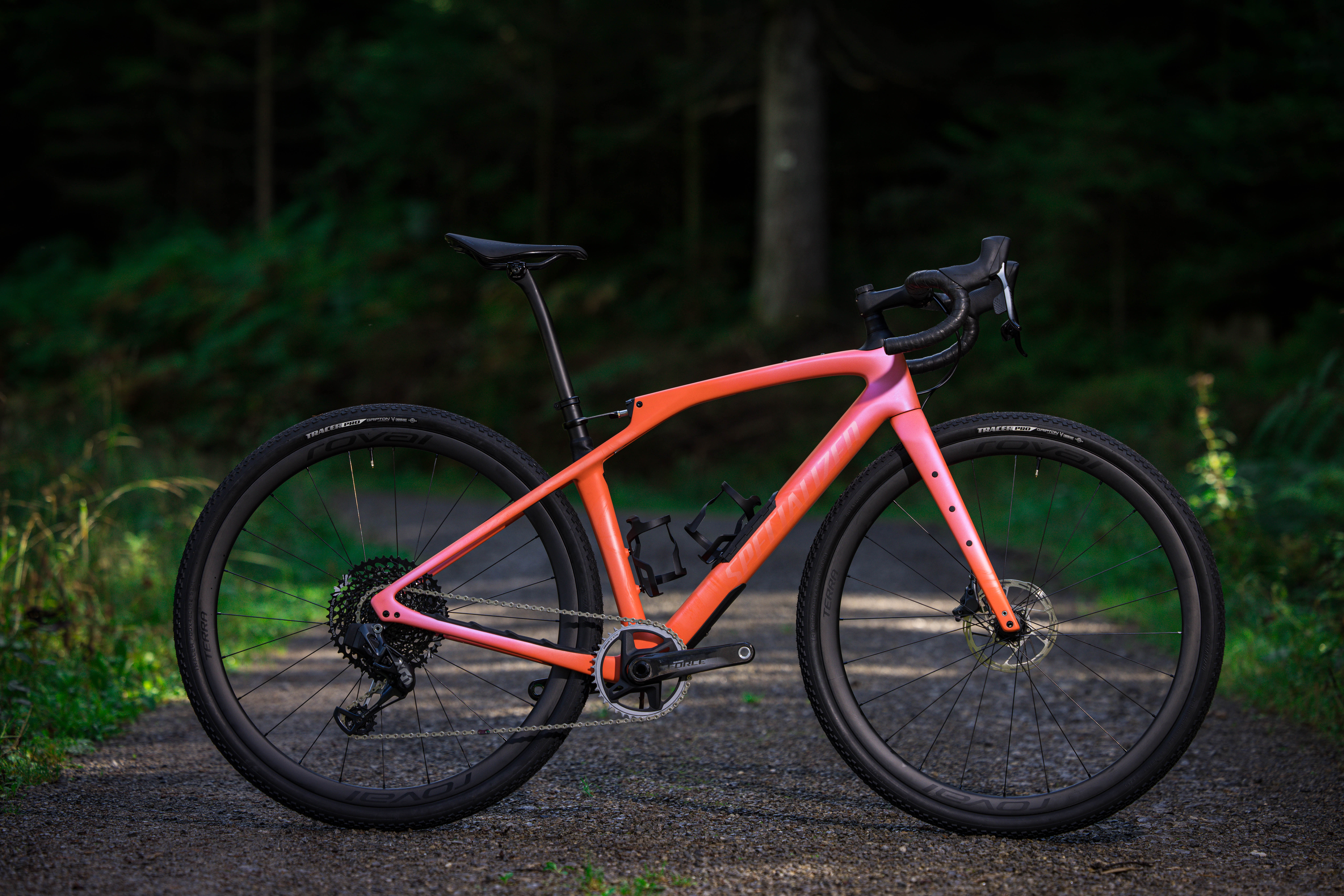
Similar figure, different figures
While the Diverge frame has had to undergo considerable changes to accommodate the Rear Future Shock, there is a great deal of continuity between the last generation Diverge and this one.
The 'frame post' has required considerable redesigns around the bottom bracket, but at the front of the frame, the tube design is similar, and the Fact 11r carbon grade is a continuation of the last generation Diverge.
The introduction of rear flex has led to a few necessary geometry tweaks, with the BB drop increasing from 80 to 85mm compared to the last generation Diverge, while the chainstay length has increased from 425mm to 429mm. The seat tube angle has also become 0.5° steeper to offset the intended sag of the frame post when under load.
All STR models will use carbon Roval Terra wheels accompanied by Specialized’s Tracer Pro 2BR tyres.
The Diverge STR will be available at three tiers - S-Works Diverge STR, Diverge STR Pro and Diverge STR Expert, while the previous Diverge frame will still exist across lower tiers of the range. The S-Works version comes with SRAM Red eTap AXS 1x shifters alongside a Sram XX1 Eagle rear derailleur and cassette in a ‘mullet’ 1x setup.
Meanwhile, the Pro steps down to SRAM Force eTap AXS 1x shifters and a Sram X01 Eagle derailleur. The Expert trades out Force shifters for Rival, and the X01 derailleur for a GX Eagle derailleur.
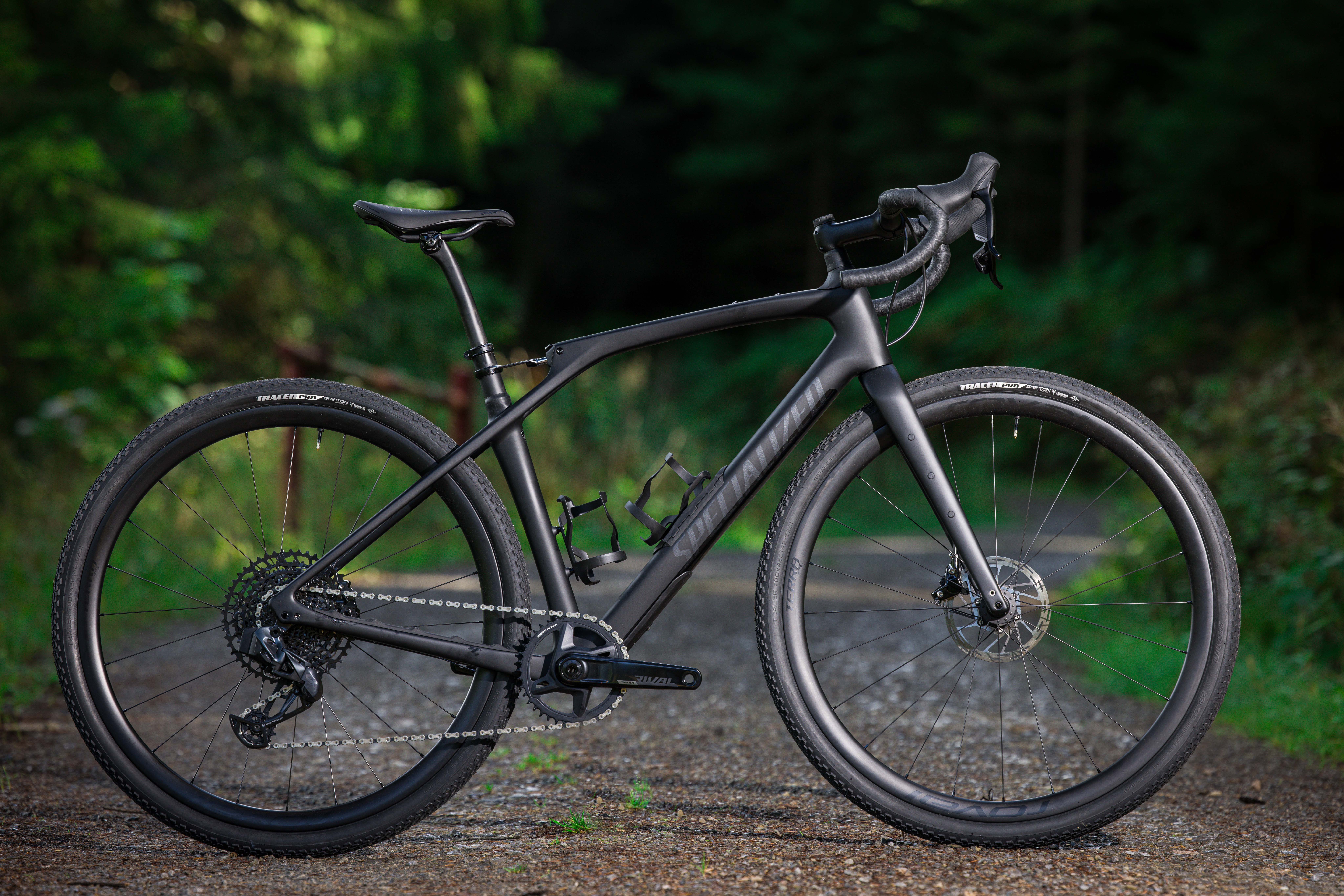
The Diverge STR has the same 47c tyre clearance and progressive handling geometry as the previous Diverge, alongside the SWAT downtube storage system.
Beyond that, as you travel down the range there are minor downgrades in terms of finishing kit, tyres and components, but in principle, the three bikes seem to use very similar frames - all emblazoned with Specialized Fact 11r carbon badges - and Terra wheels in CLX, CL and C spec from S-Works down to Expert level.
The Diverge STR comes in at a high price point compared to Specialized's 2022 range, partly because of inflation pressure but no doubt the extra tech plays a role. The S-Works tier comes in at £13,000.00 / €15,000.00 / $14,000.00, while Pro costs £9,000.00 / €9,500.00 / $9,500.00 and Expert is priced at £7,500.00 / €7,500.00 / $7,500.00. While the S-Works tier is not as expensive as the top tier S-Works Tarmac SL7, as an entire range, this is the most expensive bike Specialized has yet produced.
Take a look at our S-Works Diverge STR first ride review to see whether that expense measures up to the performance.

Peter Stuart has been the editor of Cyclingnews since March 2022, overseeing editorial output across all of Cyclingnews' digital touchpoints.
Before joining Cyclingnews, Peter was the digital editor of Rouleur magazine. Starting life as a freelance feature writer, with bylines in The Times and The Telegraph, he first entered cycling journalism in 2012, joining Cyclist magazine as staff writer. Peter has a background as an international rower, representing Great Britain at Under-23 level and at the Junior Rowing World Championships.